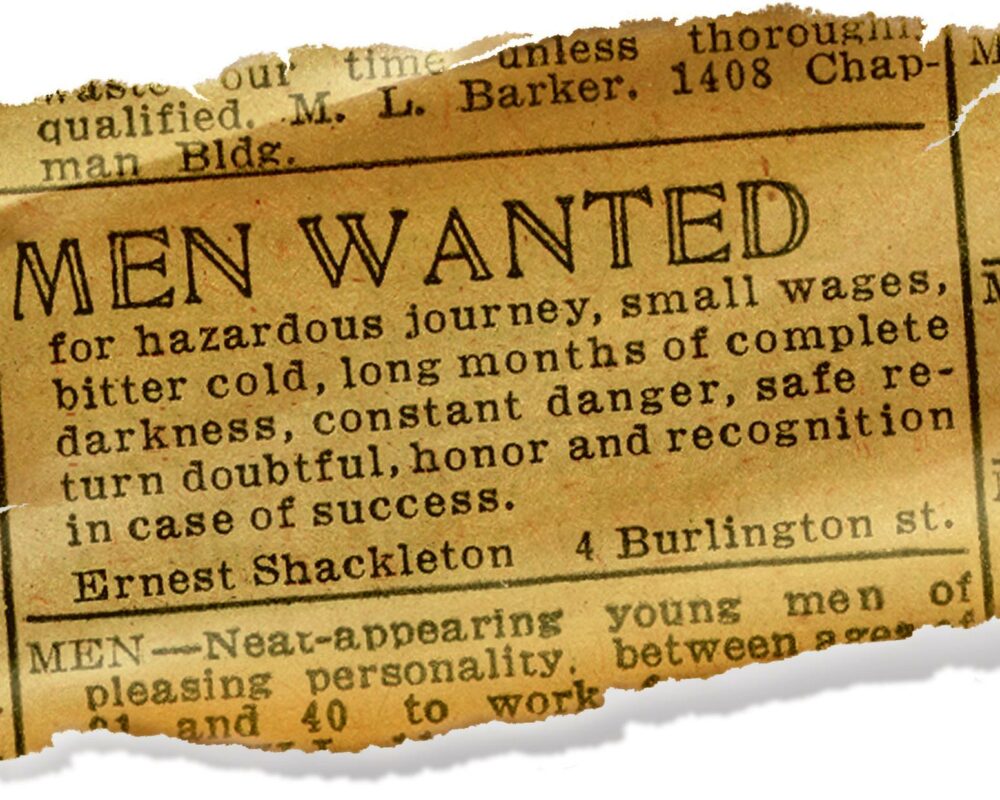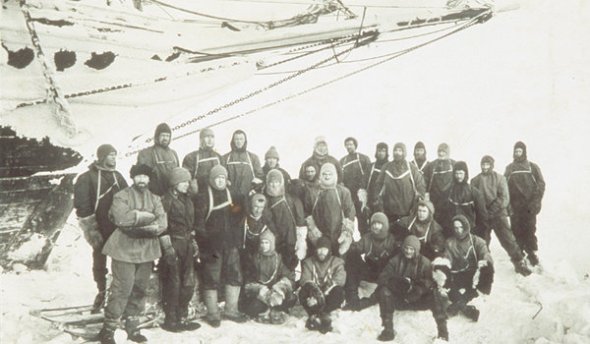
Only a few weeks into formally launching my own business (MMU – Mastering Multi-Units), I attended this week the CIPD Learning & Development Show at Olympia, London. As I hoped, I had a fantastic day hearing about some of the great work being done in organisations large and small, to develop their people and deliver a better product, service and experience to their customers.
I don’t mind admitting that for a few minutes at least I started to yearn again for the comfort (and perhaps safety) of the corporate culture blanket. There you have the resources and the security of others as you strive to deliver effective learning and development which drives organisational performance, enriches the lives of people, promotes world peace etc!
Then I remembered what it can really be like (the good, the bad and the downright ugly!) and once again I reminded myself why I’ve founded my own business.
I mention this as one of the last seminars I attended focused on the topic of resilience in leaders and the importance of understanding the leadership traits that can facilitate or constrain one’s ability to tenaciously stay on target.
I sat listening to a fantastic presentation from Marion Kneale (Head of Leadership & Engagement at BDO LLP) which forensically examined the story of how Shackleton’s famous expedition to Antarctica in 1914, was a case study for leadership resilience.
Now, this amazing story could fill several blogs and Marion’s skill in weaving her audience into Shackleton’s exploits, while pulling out key leadership facts, is worthy of blogs by people far more accomplished than me (well, this is my first!).
However, there was just one facet of the case study that Marion shared that struck a chord with me, bearing in mind my earlier “wobble” and nostalgic yearn for corporate life. This related to the importance of having a clear and compelling vision, that engages and inspires others to go beyond the ordinary.
I know there are countless definitions of learning and development (L&D) functions and teams but speaking from the heart, I happen to think the purpose of L&D is quite simple: “Help people to be better at the job they do today and help prepare them to take advantage of the opportunities of tomorrow.”
Not exactly Plato perhaps but it sums up my approach to why I’ve loved being an L&D professional for some years now. In starting my business, this passion to help others improve their current performance and succeed in future roles, remains as strong as ever.
I’m sure there are hundreds of definitions for the ubiquitous mission and vision statements that exist out there. For me, the Franklin Covey programme that I attended years ago provides a simple guide to why these statements matter and how to create them. This superb programme, (called Leadership), focused on defining your core primary purpose (i.e. why does your business exist?).
Any business in the private sector has, I hope, a clear financial goal to deliver profit. Great; nothing wrong with that after all but this is purely one half of the motive equation. As important as the profit motive must be, surely there is an equally important “purpose motive”? For businesses old and new alike the question should be: “If our business didn’t exist today, why would someone bother to create it?”
Once you get clear on that core purpose (or mission if you prefer) you move on to articulating what that mission looks like when you deliver it with excellence. Or as the programme taught me, the vision thing; delivered in a way that engages, ignites and drives the people who are responsible for achieving it.
How this is delivered is of course critical, both in terms of the language used and the way the communicator delivers the message. As Marion said at the end of her presentation: “Would Martin Luther King’s rallying call be quite as effective if he’d calmly announced, ‘I have a strategic business implementation plan to share with you today?!’”
Being consistent and genuine about how you build your strategy to achieve the vision is a topic for another time. I’ve been privileged in recent years to work with a superb advocate of internal comms (yes, Jenni Wheller, come on down!) and I’ve certainly learnt the importance of engaging with the people who will ultimately determine if the journey is a success or not. Your people and your customers.
Whether running an organisation of thousands, a newly-formed training consultancy or an expedition to the South Pole, I believe we must always be clear about what we’re trying to do and why it matters, beyond just delivering increased profits year-on-year. And if we can’t, how can we inspire others to join us on the adventure?
After all, they do say that it’s the journey, not the destination that matters. I wonder if Shackleton would agree?



